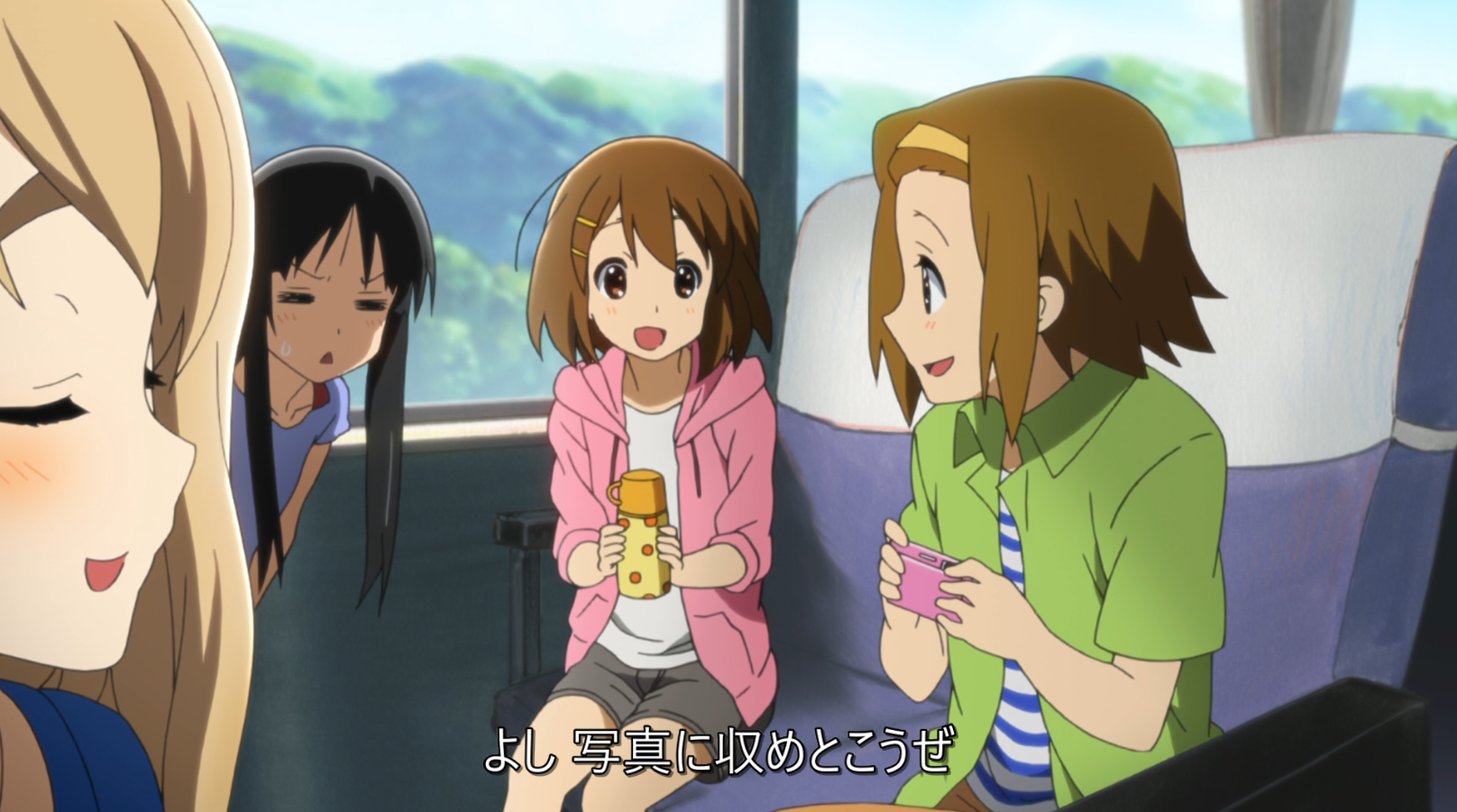Scenario: A group of friends are heading to the beach for summer vacation. One of them is asleep on the train and someone says:
よし 写真に収めとこぜ
The official translation is:
Let's take a picture!
I'm curious why 収める is used. Looking up its definition, I can't wrap my head around how and why it's being used in this sentence. I usually see 写真を撮る so this usage is new to me. I'm also not sure what the purpose of とこ is in this case? I know it is a contraction of ところ and from what I've learned so far, it can mean place or just about to do-. But I can't find any resource specifically for this case verb stem + ところ.
Edit: As Karl pointed out below, to capture on film is explicitly stated in the definition and I've missed it! I was probably too tired from my immersion session when I wrote this question 🥲

